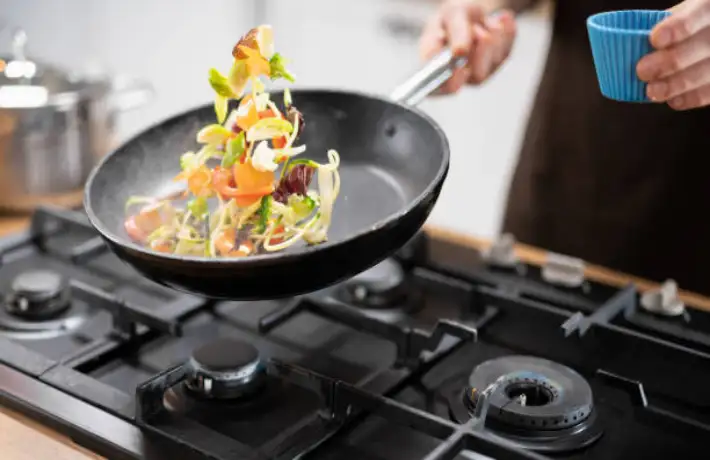Using a frying pan in the oven can be a convenient way to cook certain dishes, but it requires some know-how to ensure success. Whether you’re searing meats before finishing them in the oven or preparing one-pan meals, these tips will help you make the most of your frying pan in the oven.
Choose the Right Pan
Not all frying pans are oven-safe, so it’s crucial to select the appropriate cookware for this purpose. Look for pans that are explicitly labeled as oven-safe or have oven-safe symbols on them. Typically, pans made of cast iron, stainless steel, or certain types of non-stick coatings can withstand oven temperatures without warping or releasing harmful chemicals. Avoid using pans with plastic handles or those coated with materials that can’t handle high heat.
Preheat the Pan
Just like you would preheat an oven before baking, it’s essential to preheat your frying pan before placing it in the oven. This step helps ensure even cooking and prevents food from sticking to the pan. Place the empty pan in the oven while it preheats to the desired temperature. Allow the pan to heat up for about 5-10 minutes to ensure it reaches the same temperature as the oven.
Use Oven-Safe Handles
When using a frying pan in the oven, make sure the handles are also oven-safe. Metal handles or handles made of heat-resistant materials like silicone or stainless steel are ideal for oven use. Avoid pans with plastic handles, as they can melt or become damaged when exposed to high oven temperatures. If your frying pan has a plastic handle, consider wrapping it in aluminum foil to protect it or use an oven mitt to handle the pan.
Monitor Cooking Time
Cooking with a frying pan in the oven can affect the cooking time compared to stovetop cooking alone. Keep an eye on your dish to prevent overcooking or burning. Oven temperatures can vary, so it’s essential to follow the recipe’s recommended cooking time and temperature as a guideline. Use a timer to track the cooking process and check for doneness by using a meat thermometer or visually inspecting the food for signs of doneness, click link.
Handle with Care
When removing the frying pan from the oven, remember that it will be extremely hot. Use oven mitts or potholders to protect your hands from burns. Place the hot pan on a heat-resistant surface such as a trivet or cooling rack to prevent damage to countertops or tabletops. Avoid placing the hot pan directly on surfaces that could be damaged by heat. Allow the pan to cool before cleaning it to avoid warping or damaging the pan’s surface.
Conclusion
Using a frying pan in the oven opens up a world of cooking possibilities, from perfectly seared meats to delicious one-pan meals. By following these tips, you can ensure that your frying pan performs well in the oven and that your dishes turn out beautifully cooked every time. Remember to choose the right pan, preheat it properly, use oven-safe handles, monitor cooking time, and handle with care to achieve the best results. With a little practice and attention to detail, you’ll master the art of using a frying pan in the oven and impress your family and friends with your culinary creations.
